The Prophecy of Eldad and Meidad: Connections Between Parshat Behaʿalotekha and the War in Iran
Introduction The Alter Rebbe once remarked in Yiddish, “Leben mit der tzait” (live with the times), meaning that one should live with the current Torah
Introduction The Alter Rebbe once remarked in Yiddish, “Leben mit der tzait” (live with the times), meaning that one should live with the current Torah
Zealotry and Mercy: Parallels Between Pinchas and the War in Gaza The biblical story of Phinehas (Heb. Pinḥas or Pinchas) presents a complex moral scenario
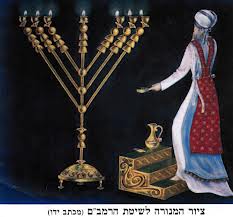
The Temple Menorah served as a lighthouse, illuminating darkness and providing purpose and direction.

And for the unclean they shall take of the ashes of the burning of the purification from sin, and running water shall be put thereto
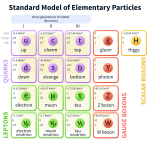
Introduction What could the Standard Model of particle physics possibly have in common with biblical accounts of the Israelites’ travels in the Sinai Desert, Kabbalistic
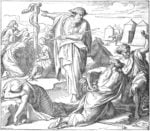
A Study in Form and Matter And Moses prayed for the people. And the Eternal said unto Moses: “Make thee a fiery serpent, and set it
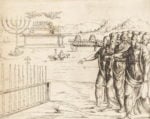
And it came to pass on the morrow, that Moses went into the tent of the testimony; and, behold, the rod of Aaron for the

And the Lord spoke unto Moses, saying: ‘Command the children of Israel, and say unto them: When ye come into the land of Canaan, this

Then drew near the daughters of Zelophehad …. of the families of Manasseh, the son of Joseph; and these are the names of his daughters:

The Lord spoke to Moses, saying: Speak to the children of Israel and you shall say to them that they shall make for themselves fringes

And on the day that the tabernacle was reared up, the cloud covered the tabernacle, even the tent of the testimony; and at even there

Continuing the theme of my last post, Mishkan – a Metaphor for Quantum Reality, the analogy between the Tabernacle (“Mishkan”) and quantum reality goes even

And when the Tabernacle setteth forward, the Levites shall take it down; and when the Tabernacle is to be pitched, the Levites shall set it

In the Torah portion Shlach (Numbers 13:1-15:41), Moses instructs his spies to scout the land of Canaan and to bring back a report. He says
In my last year’s post “Balak – Interference of Souls,” I suggested that Balak needed Balaam (Bilam) to cause constructive interference to make the curse
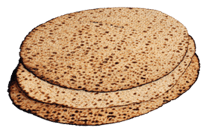
There were men who were ritually unclean [because of contact with] a dead person, and therefore could not make the Passover sacrifice on that day.
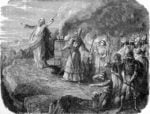
Balak the son of Zippor saw all that Israel had done to the Amorites. Moab became terrified of the people, for they were numerous, and
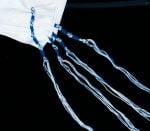
Speak to the children of Israel and you shall say to them that they shall make for themselves fringes on the corners of their garments,
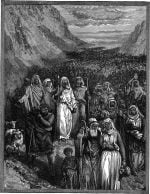
These are the journeys of the children of Israel… (Numbers 33:1) When G-d brought the Jews out from Egypt, He brought them out with the mystery of

In my essay “Secrets of the Talking Ass,” I discussed the phenomenon of Bein HaShmashot (twilight or dusk), which is neither day, nor night, nor
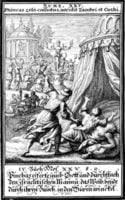
A strange episode at the end of the last Torah portion, Balak, where Phinehas (Pinchas) slain a Jewish prince caught in the act with a
And G‑d opened the mouth of the ass, and she said to Bilam: “What have I done to you, that you have struck me these
…And they prophesied in the camp. (Num. 11:27) In the Torah portion Behaalotecha, there is an interesting narrative: And the Lord said unto Moses: ‘Gather
Speak unto Aaron, and say unto him: “When thou lightest the lamps, the seven lamps shall give light in front of the menorah.” (Num. 8:1)
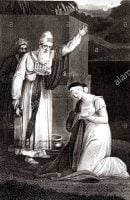
The story of Sotah, a suspected adulteress, is very troubling on the first blush. Why would a woman be subjected to such humiliation? The Lubavitcher
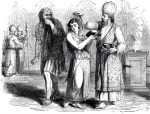
In quantum mechanics, the state of a physical system is described by the so-called wave function (or the “wavefunction”). All attempts by Schrödinger, who first
As we began this Shabbat reading the Fourth Book of Torah—Numbers, I thought, it would be appropriate to post on this blog an excerpt from
By the mouth of two witnesses, or three witnesses, shall the one liable to death be put to death; he shall not be put to
Massei — Bamidbar-Numbers 35 Whoever kills a person, based on the testimony of witnesses, he shall slay the murderer. A single witness may not testify
Pinchas You shall apportion the Land among these as an inheritance, in accordance with the number of names. To the large [tribe] you shall give a

Speak to the children of Israel and have them take for you a perfectly red unblemished cow, upon which no yoke was laid… The cow

The Hebrew words taharah and tumah, which are the subjects of the Torah portion of Chukat (Numbers 19:1–22:1), are usually translated as ritual purity and

Koraḥ the son of Yitzhar, the son of Kehos, the son of Levi took [himself to one side] along with Dasan and Aviram, the sons
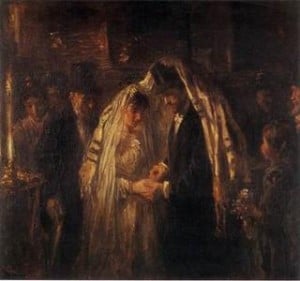
A story is told about a bachur (an unmarried young man) who came in the 60s to the Lubavitcher Rebbe for the yechidus (private audience)